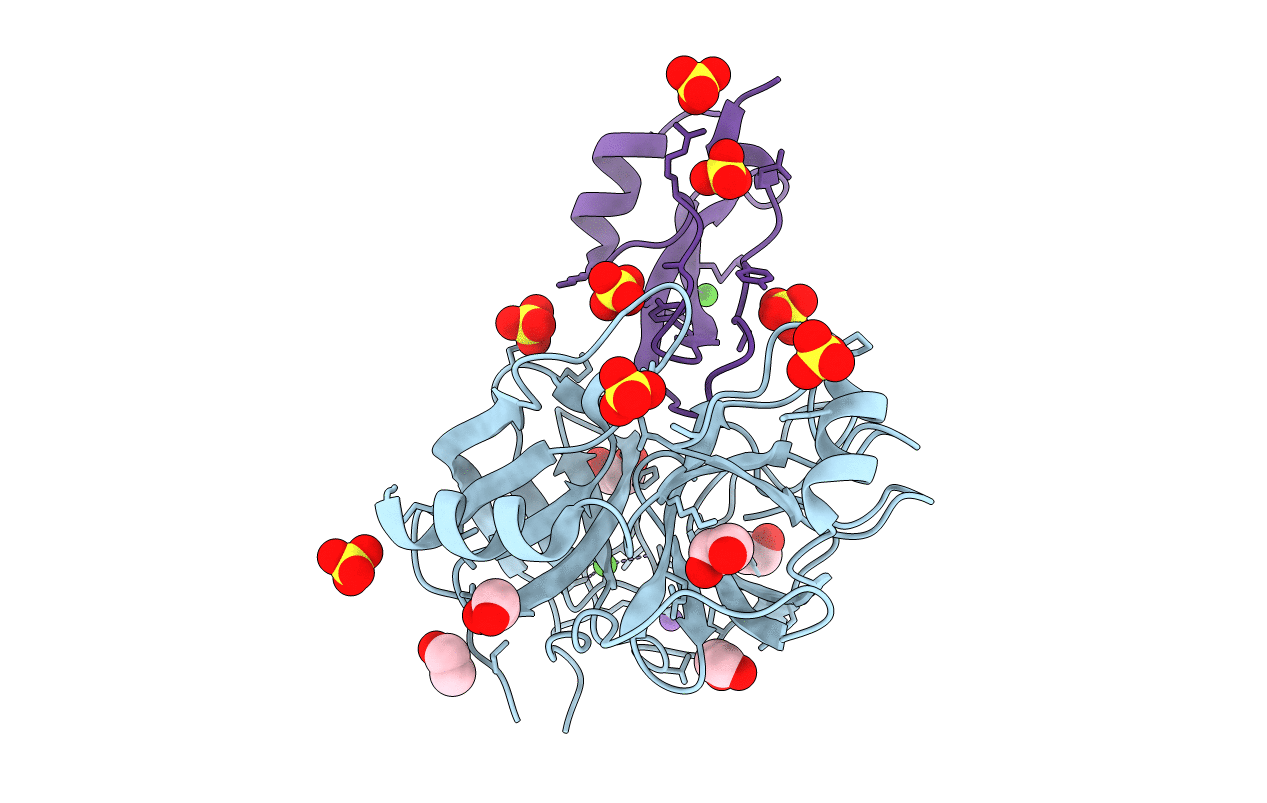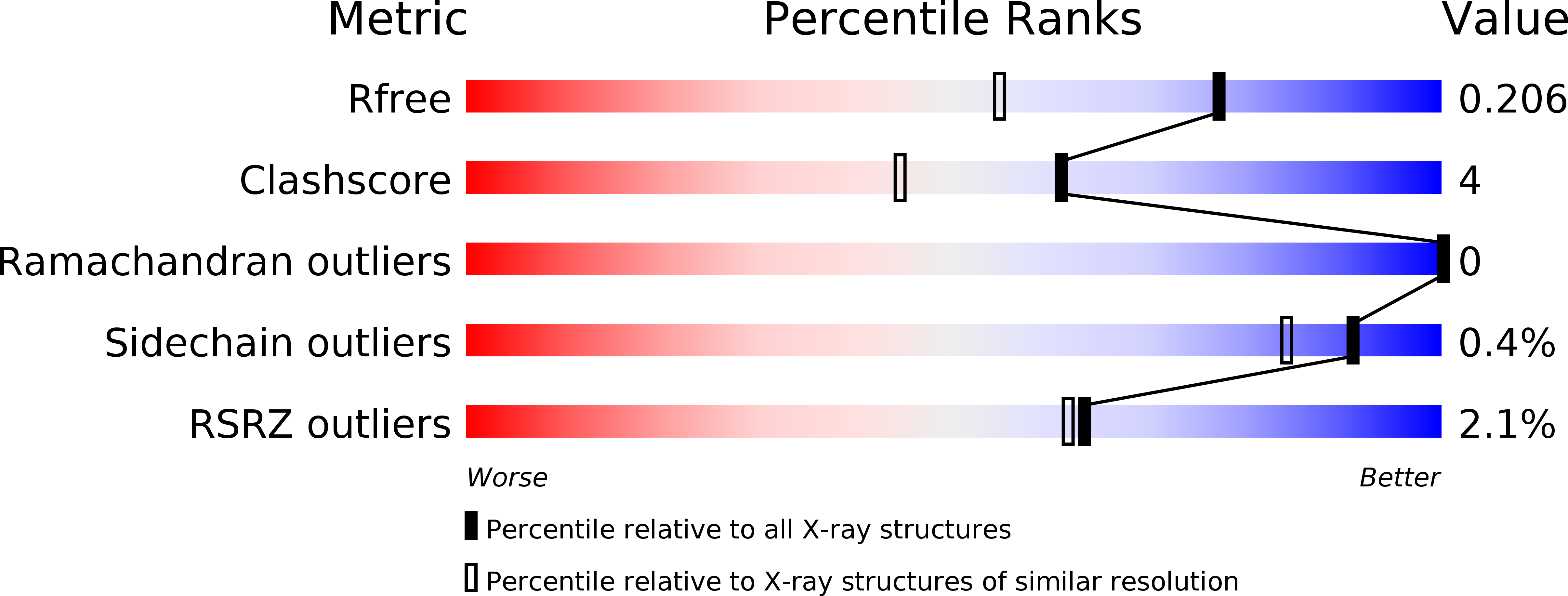
Deposition Date
2006-01-24
Release Date
2006-02-14
Last Version Date
2024-11-20
Entry Detail
PDB ID:
2FTL
Keywords:
Title:
Crystal structure of trypsin complexed with BPTI at 100K
Biological Source:
Source Organism:
Bos taurus (Taxon ID: 9913)
Host Organism:
Method Details:
Experimental Method:
Resolution:
1.62 Å
R-Value Free:
0.22
R-Value Work:
0.21
R-Value Observed:
0.21
Space Group:
I 2 2 2


